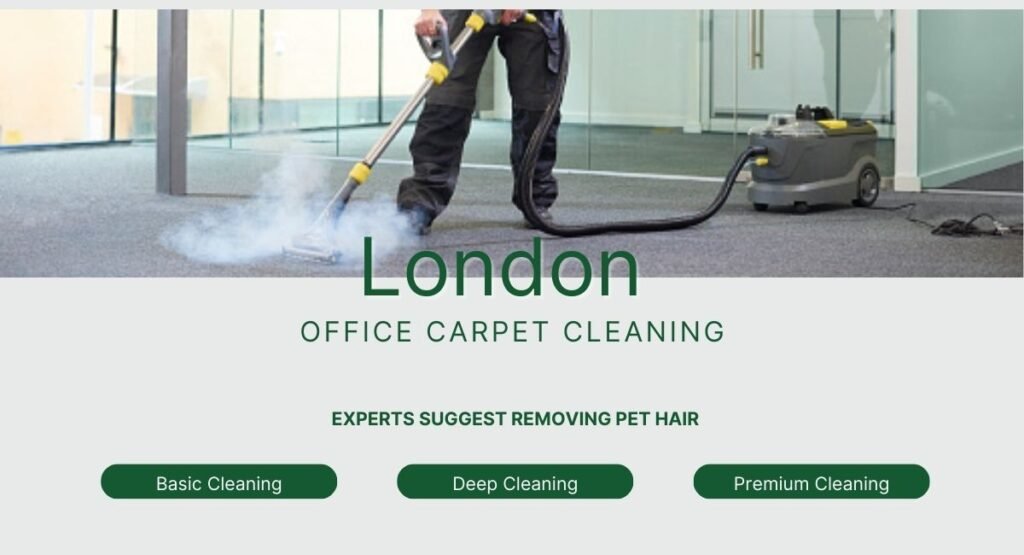loveable creatures, and we do not mind getting them all over the place and even on our belongings. But when you have to deal with pet shedding and pet hair, especially when it comes to carpet cleaning, then life certainly becomes a little difficult. What is the best way to get rid of pet hair during carpet cleaning? Let us explore the answer to the question in the following paragraphs along with a few other relevant facts about effective carpet cleaning techniques for pet owners.
How pet hair gets on carpets and upholstery
There are many reasons for your pet to shed hair including its health, age and breed. It is also natural for a healthy and well-groomed pet to shed its hair. In fact, a pet starts shedding hair as soon as it attains its maximum maturity and stops growing. The animals shed hair to make room for the new ones to grow.
Usually, the hair is thicker as the winter arrives and that becomes thin as the spring approaches. Shedding of hair is also related to regulating their body temperature. Your pet is also likely to shed hair as its diet changes. Other reasons that lead to hair shedding are lack of proper nutrition, illness and stress. Excessive shedding is often related to allergy, infection, low immunity level and even cancer. In many cases excessive licking also results in excessive shedding of pet hair. This hair easily sticks to any and every surface that has some kind of texture.
Because of the typical texture of fabrics it is indeed difficult to remove pet hair from both clothes and upholstery. A professional having years of experience in cleaning office carpets in London says removing the hair becomes even more difficult if you directly wash such hair laden cloth. There will be a lot of hair in the washing machine as well as in the dryer which can easily clog your drain. So how do you remove pet hair from the couch or the carpet? Let us explore answers to the question in the following sections of the post.
Effective means to remove pet hair from clothes and upholstery items with carpet cleaning
- Using a sponge
A kitchen sponge proves a useful tool to get rid of pet hair from clothes and upholstery. Take a clean and dry piece of sponge and rub the surface with it to remove the hair. Alternatively a lightly damp sponge can also be used to get the same effect.
- Use of a lint roller
A lint roller is another tried and tested option to remove pet hair from clothes. Run a lint roller over the clothes to separate out pet hair every time before putting clothes into the washing machine. It is also a good idea to use a sticky roller to collect pet hair from clothes before washing. In case you do not get access to a sticky roller you can make use of a tape with its sticky side in contact with the fabric.
- Rubber gloves are also helpful
You can damp rubber gloves and rub the gloves over the clothing items. This creates a static force and this generated force makes pet hair stick to the gloves. Once pet hair is transferred to the gloves from the clothes you have to rinse the gloves with soap and water to clear away the pet hair.
- Pet hair removal using dryer sheets
As you must know, dryer sheets have anti static properties. So as you rub a sheet over the fabric pet hair trapped in the texture of the fabric gets released. It is best to use dryer sheets just before washing your clothes suggest professionals with years of experience in providing office carpet cleaning near me. These sheets also leave behind a mild fragrance to keep your fabric smelling fresh.
Using vacuum cleaner for carpet cleaning
It is also highly feasible to vacuum clean sofas regularly to clear away pet hair from a dry surface. Along with sofas you should also vacuum clean your rugs and carpets every day for the same purpose. Make it a point not to wash any rug, carpet or upholstery item with first vacuum cleaning it.
- Rinsing with vinegar
Table vinegar or kitchen vinegar is an excellent agent to get rid of pet hair. Just add about half a cup of distilled white vinegar to the rinse cycle at the time of washing your clothes. Vinegar loosens up the fabric to release the hair trapped in it. Once this cycle comes to an end it is time to put the clothes in the dryer which helps removing the remaining pet hair.
White vinegar offers lots of benefits – it works as a fabric softener and also helps getting rid of the typical smell of pets from any fabric. It also helps reducing static electricity on your clothes and as a result less hair from your pet sticks to your fabrics.
- Use of fur zappers
Fur zappers are actually pads made from silicon which collect pat hair from clothes. You can put these items with the washing machine or the dryer while dealing with clothes laden with pet hair. Fur zappers hold pet hair till the clothes get completely washed explain professionals who provide office carpet cleaning services in London. It is easy to rinse of fur zappers with water once the clothes are completely washed. Moreover, you can also reuse these items for your next wash. But you should not use this product with any fabric softener or dry sheets, and these may stick to the zappers easily.
- Wool dryer balls
Just like cotton balls this range of products loosens up and softens the fabric and as a result laden pet hair get removed easily. You have to place these wool dryer balls in the dryer along with clothes. Once washing is complete you have rinsed the items off.
Fabric brushes
Fabric brushes are much similar to lint rollers. If your clothes have heavy texture then these brushes work better. You have to rub your upholstery items and fabrics with a fabric brush to get rid of pet hair from the surface. To clear away the remaining pet hair it is better vacuum cleaning the item.
Professionally trained cleaners working at the VIP Carpet Cleaning London suggest the above tips and tricks. For more information just feel free to get in touch with us now.


